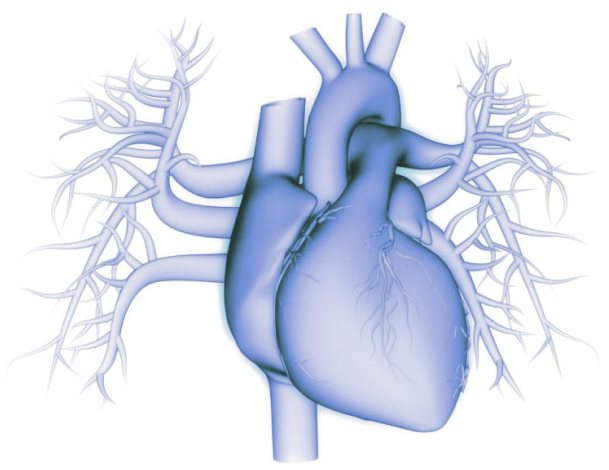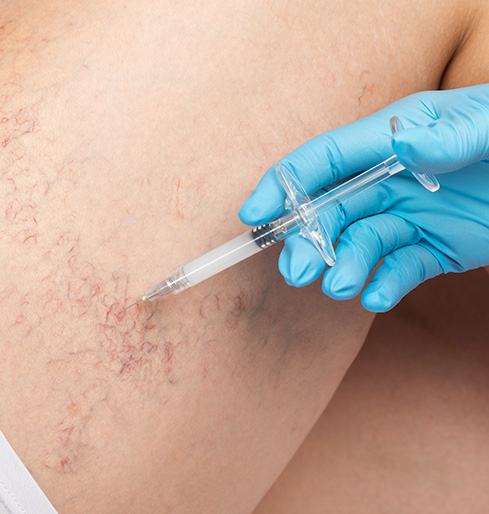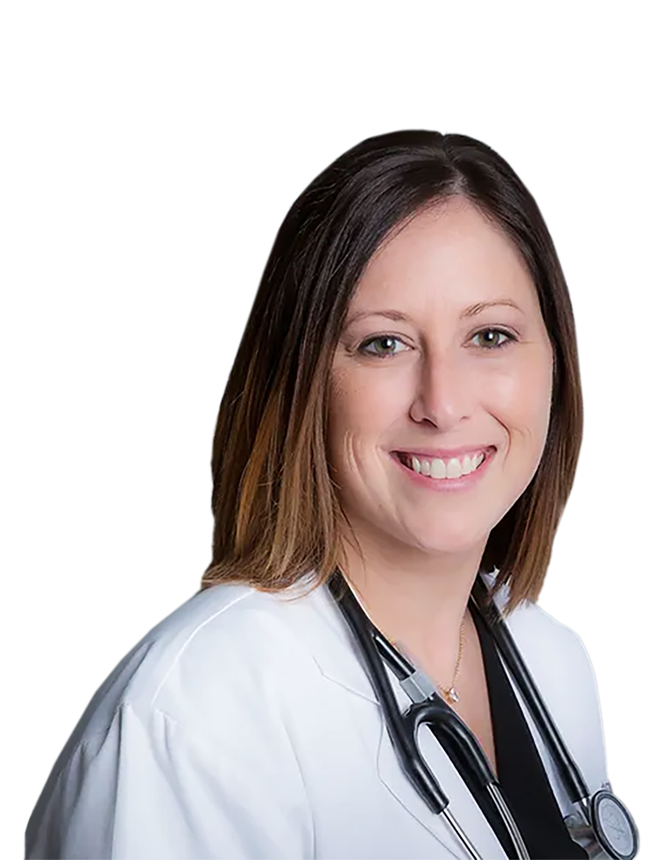Conditions & Symptoms
Clinical Cardiology

Cardiac Imaging and Diagnostics
Electrophysiology
Invasive & Interventional Cardiology
Vein & Vascular Care
Procedural Lab
(In-Office)
Preventive Services
CVM Locations
Varicose Veins
Varicose veins are twisted, enlarged veins that appear prominently on the skin's surface. They are most common on the legs and feet due to the natural effects of gravity from walking and standing, though any superficial vein can develop varicose veins.
Understanding Varicose Veins
Varicose veins may appear dark blue or purple, and they are often bulging and ropy or cord-like. For many people, they are largely a cosmetic concern. However, they can cause uncomfortable symptoms, and in some cases, they can lead to more serious problems. Sometimes, the only signs of varicose veins are their appearance. When varicose veins do cause symptoms, they can include:
- Achy or heavy legs
- Swelling in the lower legs
- Burning, throbbing, or muscle cramps
- Pain that increases after sitting or standing for a long time
- Itchiness around the vein
- Discoloration near a varicose vein

Varicose Vein Treatment
Treating varicose veins begins with lifestyle changes, such as exercise, which can help improve blood flow, may alleviate pain, and can prevent varicose veins from getting worse. Elevating the legs while sitting or lying down and wearing compression stockings can also help improve blood flow and relieve some of the pressure. When lifestyle changes aren't enough to alleviate symptoms, there are several minimally-invasive treatments we offer to improve both appearance and symptoms, including:
- Radiofrequency ablation (RFA) uses a catheter to deliver heat to the affected vein, sealing and closing it to reroute blood flow to healthier veins.
- Sclerotherapy involves injecting a solution that blocks the unhealthy vein and forces blood to flow through healthier veins.
- Stab phlebectomy involves removing varicose veins in sections through tiny incisions. The procedure does not usually require stitches and scarring is minimal.
- Non-thermal sclerosant involves injecting a foam solution that causes the unhealthy vein to collapse, forcing blood to flow through healthier veins.
- Non-thermal adhesive ablation uses a medical adhesive to seal the unhealthy vein and redirect blood to healthy veins.
Recovery
The treatments we offer for varicose veins are minimally-invasive. Most patients will have an easy recovery and are able to resume normal activity within 2 days.
Typically, you can return to your normal daily activities the same day for radiofrequency ablation, non-thermal sclerosant, and non-thermal adhesive ablation procedures. Sclerotherapy and stab phlebectomy may take an additional 1 to 2 days for complete healing.
More on Varicose Veins
Causes of Varicose Veins
Diagnosing Varicose Veins
Meet Your Illinois and Iowa
Cardiovascular Physicians
In Search of Care? Request a Consultation Today



